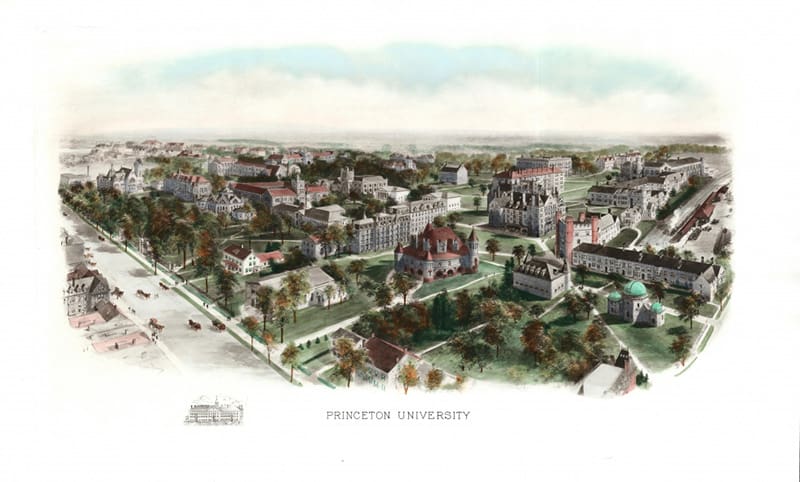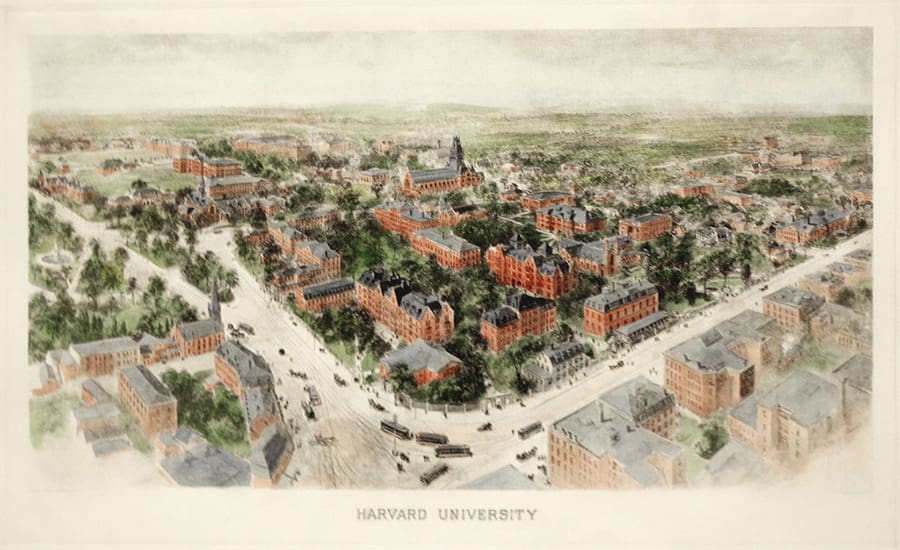Centre Continues its Journey to the Big-Time in 1919
It was a wonderful time. The Great War was over and the flu but a bad memory. The wild New Year’s celebrations found people again filled with enthusiasm and optimism.
American would begin to again flex its industrial might as the country began to shift back to consumer goods. Model T’s were rolling off Ford’s mammoth Highland, Michigan plant, and you could have any color as long as it was black.
The first crossing of the Atlantic Ocean occurred when a United States Navy Curtis seaplane landed off the shore in Lisbon, Portugal. The plane hopped across the ocean in stages, stopping several times, but made it, finally.
Film stars Charlie Chaplin ( “The Little Tramp” ), Douglas Fairbanks, Mary Pickford and the legendary director, D.W. Griffith, established United Artists in an attempt to better control their own fate in the ever more glamorous world of Hollywood.
Booth Tarkington, a Princeton man, won the Pulitzer Prize for his novel, “The Magnificent Ambersons,” which traced the declining fortunes of an American family from the end of the Civil War until the early twentieth century, reflecting so accurately how society was changing.
F. Scott Fitzgerald finished the rewrite and final version of his first success, “This Side of Paradise.”
Dial telephones were introduced for the first time by AT&T.
Einstein’s Theory of Relativity, e=mc2, was confirmed when the British Royal Astronomical Society observed, during a solar eclipse, what Albert had predicted.
Sir Barton won the Kentucky Derby.
American’s population exceeded 100,000,000.
Harvard began its quest for another football “National Championship” by fielding one of the strongest Crimson teams yet assembled.
And, in the small town of Danville, Kentucky, plans were materializing for the entrance of a thus far, obscure little college named Centre, to begin its drive to become a football powerhouse-big time.
It was 1919.
Chief Myers not only had the long-held desire to build Centre into a nationally recognized college football power, but he also realized that he had to have a plan.
He was a person who knew that a dream without a plan was but a wish unfulfilled.
A major part of that plan was for Centre to gain recognition and that was what Chief Myers, Uncle Charlie Moran, and Dr. Ganfield were looking for when they began working on the schedule for the 1919 season. They realized first that it was critical that Centre be recognized as the top team in the state.
That could be accomplished by scheduling and beating its 3 main rivals, Kentucky, Transylvania, and Georgetown, all in the Bluegrass area of the state and not too far from Danville. That had been successfully begun in 1917 and continued during the shortened 1918 season.
The three knew that Centre was going to be loaded in 1919. Of the 20 lettermen of 1918, 13 players were returning. Also, Howard Van Antwerp, a standout in 1917 who had related how the "Praying Colonel" legend had evolved before the 1917 Kentucky game but missed 1918 due to being in the military, was returning.
They additionally realized it was important to try to get a game with a larger state university which could attract attention because it knew that Centre had the players who could compete on the next level.
When Indiana University was contacted, it agreed to a game early in its season. The Hoosiers were looking for a couple of early “breathers” and felt that inviting Centre to Bloomington fit in perfectly.
However, what the Chief really wanted was to find building blocks to build a schedule which would lead to gaining recognition from one of the "Big 3."
He didn't particularly favor one over the others.
It could be Princeton.

Princeton
It could be Yale.

Yale
Or, it could be Harvard.

Harvard
The Chief and others in the small athletic department began to reach out to the athletic directors of the "Big 3" in order to try to gain knowledgeable about their upcoming 1919 schedules. What they discovered was that Harvard's and Princeton's schedules looked most promising.
Harvard had scheduled a home game with Virginia on October 25. Obviously, the Crimson would be heavily favored. If Centre could get on Virginia's schedule after Harvard and Virginia met, and match or beat the margin by which Harvard would win, that could make a statement.
Princeton had scheduled the West Virginia Mountaineers for a game at the Tigers' Palmer Stadium the following week, on November 1. Again, if Centre could work out a game with West Virginia the week after it had played Princeton, which would also be heavily favored, and the Colonels could play well, or even beat West Virginia, that would also make a statement.
Virginia and West Virginia would both be looking for "breathers" to play after having played one of the "Big 3."
Centre met that criteria. Here was a little school known to hardly anyone. "Breather" and Centre could have been synonyms as far as most of the college football world felt.
Fortunately, Virginia and West Virginia were amenable to putting Centre on their schedules.
Centre realized that it couldn’t land a spot on the card of any of the “Big 3’” for 1919. However, it was felt that this “backdoor” method of attracting enough attention could create the chance that a game with one of the Eastern powers just may be possible the following year, in 1920.
Centre completed its scheduling plan perfectly regarding having the opportunity of attracting attention from members of the "Big 3."
Harvard-Virginia Oct. 25, 1919
Centre-Virginia Nov. 1, 1919
Princeton-W. Virginia Nov. 1, 1919
Centre-W. Virginia Nov. 8, 1919

The September 27 Kentucky Wesleyan game was replaced by Hanover, an Indiana college. The October 11 Maryville, Tennessee game was cancelled due to the inability of Maryville to compete because of multiple injuries from an earlier game with the University of Tennessee.
The “brain trust” of Myers, Moran, and Ganfield had done their part to put Centre into a position to achieve national recognition by their skillful and canny scheduling.
Now it was up to the Colonels’ players to use their skills to make Centre’s, and particularly Chief Myers’ long-time dream, reality.
